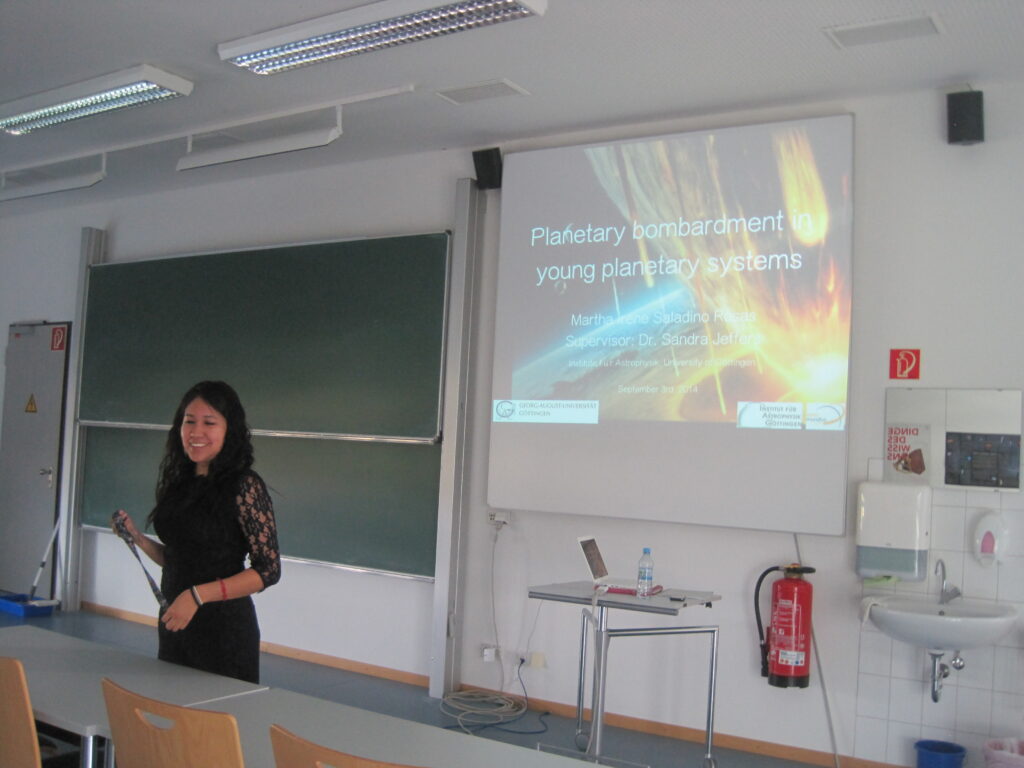Binary Stars
Many stars are in binary or even multiple systems. My main research focuses on systems in which one star has reached the AGB phase; during this stage, the star is losing great amounts of matter, and if there is a companion, its evolution can be affected by mass transfer. Mass transfer can occur in two different ways: Roche lobe overflow and wind mass transfer. In the first case, theory predicts that the orbit of the two stars will circularize due to tidal effects and the period should decrease. In the second case, if most of the mass is lost from the system, then the orbit will widen. Observations show that actually most low mass stars system have orbital periods where the gap should be, and even more, the orbits are eccentric! How is this possible? This is the purpose of my research, to do so I’m performing numerical simulations using the AMUSE interface which allows to couple hydro codes with N-body codes and stellar evolution codes. If you want to see some nice movies of my research click here
Planets

Before I started my PhD I worked on numerical simulations to study the interaction of planetary systems and particles in their debris disks. In order to do so, we chose 4 exoplanetary systems known to harbour circumstellar matter, more than one planet and in which one of the planets lies in the so-called Habitable Zone. Likewise, we also studied the interactions of planets in our Solar System with the objects in its debris disk: the Kuiper belt.